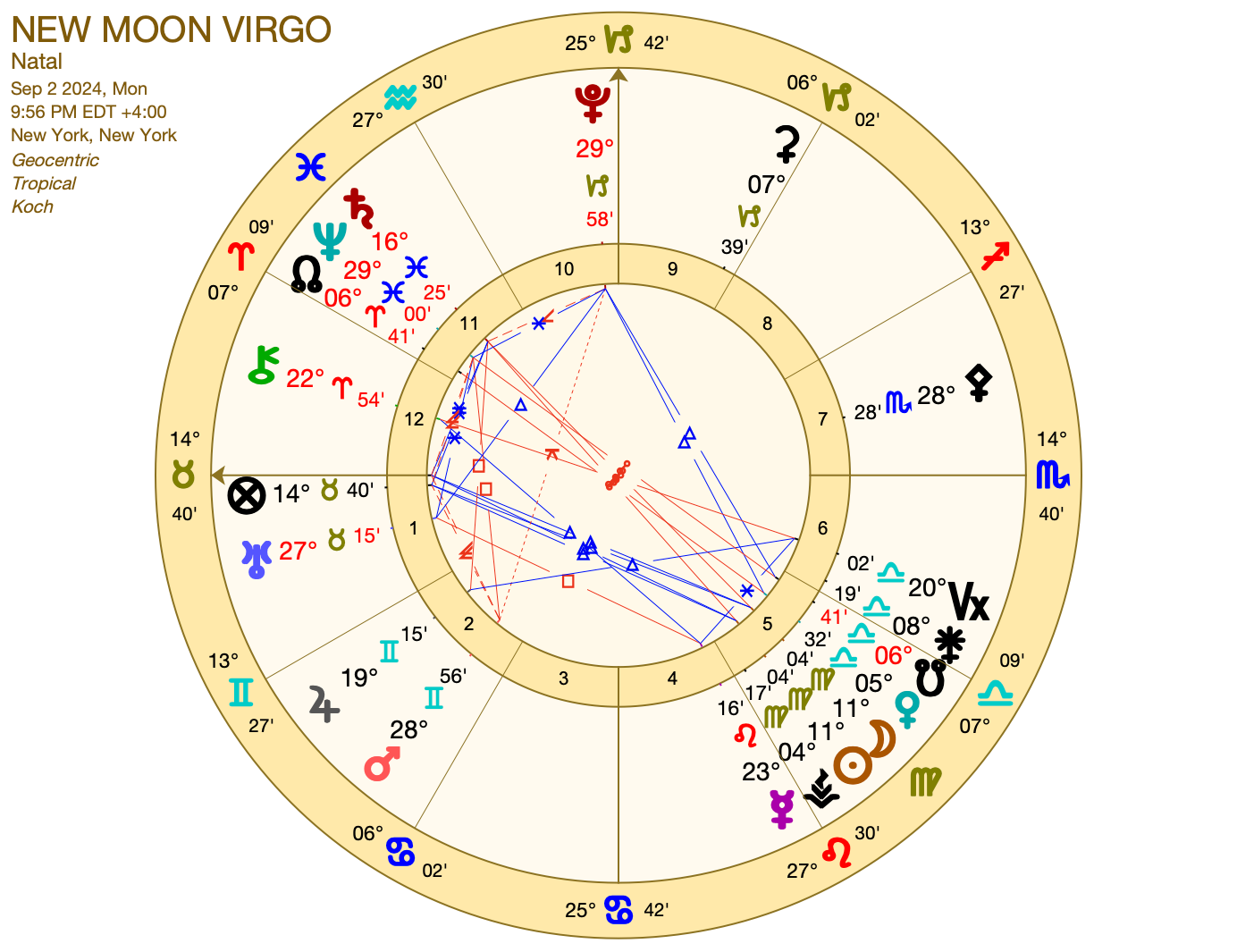

In his brilliant book Save the Cat, screenwriter Blake Snyder introduced the 15 beats of storytelling. In terms of the story of democracy as we head toward the Nov 2024 election, it feels like we’re now in Act 3.
First, here are the 15 beats:
1) opening image – the hero’s life as the book opens.
2) theme stated – what your hero must learn emotionally, spiritually
3) setup -here, you show at least one thing in your hero’s life that needs fixing. The hero’s flaws are evident in the setup.
4) catalyst -it happens to the hero, an action beat, and it then become impossible for the hero to go back to her life the way it was.
5) debate – can your hero do what’s required? Is she hesitating?
6) break into part 2 – your hero is leaving the old world behind and entering a new world. This part is the opposite of part 1. Your hero makes a proactive move or decision to enter this new world (think of it as the quest)
7) B story – love interest, mentor, friend or antagonist who helps the hero learn the lesson
8) fun & games – the heroins either succeeds or flounders in this new world. This beat delivers on the promise of the premise.
9) midpoint – midway thru the novel The stakes are raised. the external and internal stories cross in some way.
10) bad guys close in – internal or external bad guys. The hero in this beat either succeeds or flounders
11) all is lost – something happens here to the hero. There’s often a death in this beat. The event pushes him/her into part 3
12) dark night of the soul – just like it sounds.
13) break into part 3 – the lesson your hero is learning. he makes a proactive decision to fix something
14) finale – He struggles to enact his plan- there’s a deep down moment that shows he has learned the lesson.
15) final image – the opposite of the opening image
The midpoint, beat 9, seemed to fit that disastrous debate between Biden and Trump. And what followed was beat 10 – bad guys move in, which the trumpies did with a vengeance. This brought democracy – and Biden – to beat 11, all is lost, when he was pressured by members of his own party to pass the torch to Kamala.
What followed was beat 12, dark night of the soul, during which Biden and his family undoubtedly struggled to make the right decision for the country. It must have felt like a kind of death for him. From there, the story of democracy for this election entered Act 3, when Biden made a proactive decision to pass the torch to Kamala and how that changed everything for this election.
Now trump at 78, is the old guy, a blithering idiot who can’t seem to figure out how to disparage the Harris/ Walz campaign. And the Harris/Walz campaign has huge crowds and has ignited such infectious enthusiasm across the country that it has changed the tone of this election season.
In Save the Cat Writes a Novel, Jessica Brody adapted Snyder’s 15 beats to novel writing and added five points or sub-beats to the finale, beat 14.
As Brody writes: “The Five-Point Finale is a blueprint for what every third act is essentially all about: storming the Castle! The castle is a metaphor. It can be anything.”
In The Hunger Games, it was winning the Games and in The Martian, it was reaching the Area 4 landing site. In the story about democracy, let’s see how these five points break down.
1) Gathering the team – the Harris campaign did this when they selected Walz as her VP candidate and then through the convention, the country got to know more about both them and and their message of hope and joy for the future of the U.S.
2) Executing the plan – this seems to be where we are now, with less than 75 days until the election. At this point, as Michelle Obama pointed out, it’s up to us, the voters, to get out there and do something.
3) High tower surprise – This is where the bad guys pull off a surprise of some kind. In the 2020 election, this was where trump tried to convince his VP Pence to NOT certify the election and even put together fake boards of electors in various states. Fortunately, it all backfired and the 60 plus lawsuits he filed about a stolen election went nowhere. What followed, of course, was the J6 insurrection. What will it be this time? Will trump replace Vance in October?
4) Dig deep down- this is where democracy, represented by the Harris/Walz campaign, and all the voters in this country, use what they’ve learned to make sure that our country’s collective freedom remains intact. Brody calls it a “touched by divine” moment that doesn’t have to be religious or spiritual. It’s where the soul of democracy takes a leap of faith.
5) Execution of the new plan – the hero, democracy, puts the bold new plan into action and ends the threat to democracy that trump and his allies represent with Harris and Walz sweeping the popular vote – and the antiquated electoral college.
Beat 15, the final image, will be when Harris and Walz take the oath of office.




















